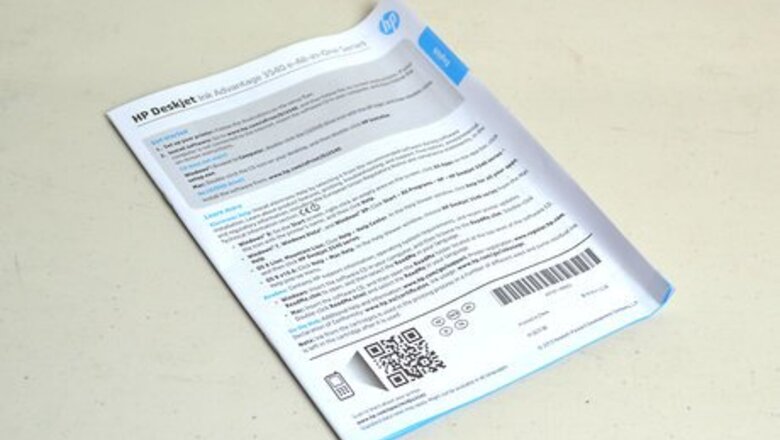
views
Steps
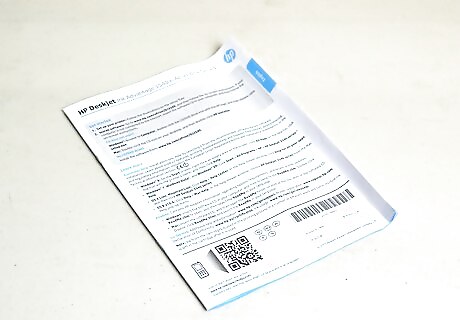
Read the instruction book or user manual that came with the printer. There may be guidelines that are specific to your inkjet printer. Check the materials to make sure all settings are correctly installed. Look for a switch or button on your printer that may help envelopes or thick paper to feed better.
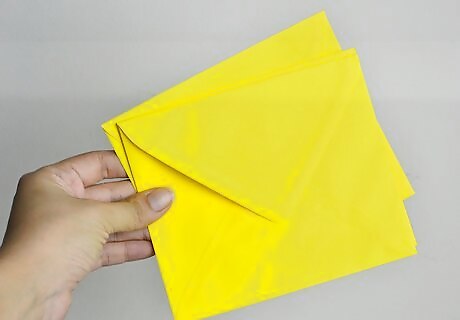
Use good envelopes. You will avoid paper jams and other mechanical issues if your envelopes are high quality, with a sharp crease.
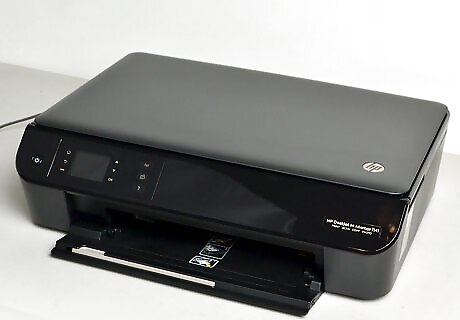
Check to see if you are using a top feed printer or a bottom feed printer. In a top feed printer, you place your envelopes in an upright position, above the printer. On a bottom feed printer, you will load the envelopes into the paper tray which is often under the printer.
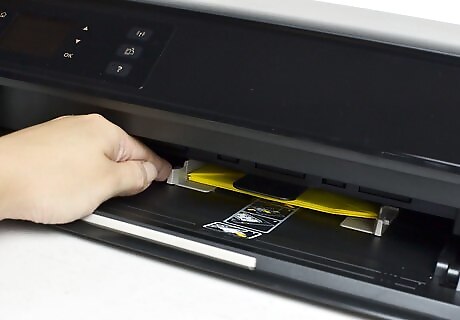
Align the envelopes correctly. Slide the adjustable guides on the input tray to hold the envelope straight within the printer. Do not press it too tightly against the envelope or it will jam. Do not keep the guide too loose or it will not print straight.
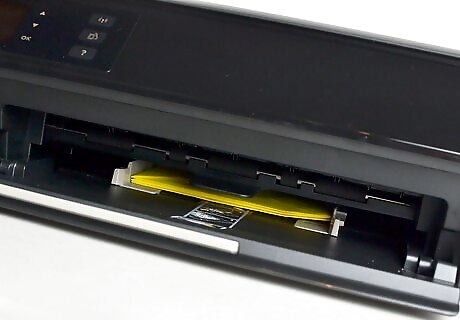
Choose the landscape or portrait printing option. You'll find this within your print screen window, and it depends on the size of the envelope. If the envelope is less than 8.5 inches (21.59 cm) wide, use the portrait setting. If it is larger than 8.5 inches (21.59 cm) wide, use the landscape setting.
Loading a Bottom Feed Printer
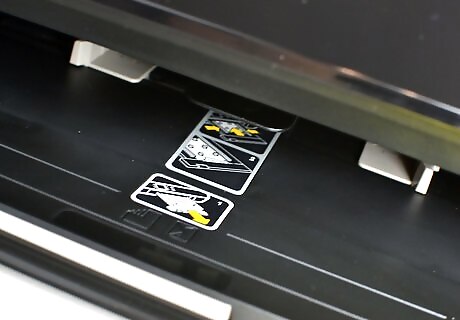
Determine which direction you need to feed the envelopes. The printer screen on the program you are using to print should give you a diagram of which way the envelopes should feed into the printer. If not, run a few tests by feeding the envelopes into the printer in different directions to determine how to get them to print correctly.
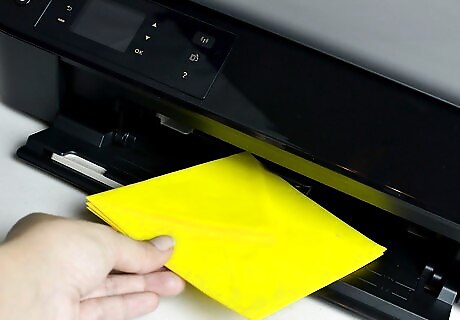
Rest the paper guides along the edges of the envelopes for straight printing.
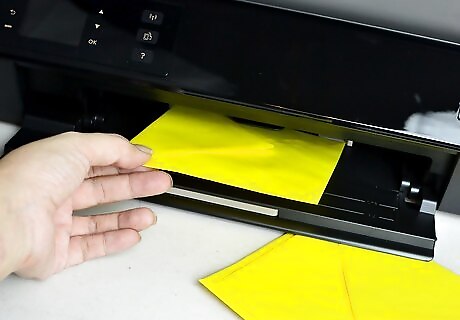
Limit the number of envelopes you try to print at one time. Try printing 5 envelopes at one time. Stack them loosely to avoid a printer jam.











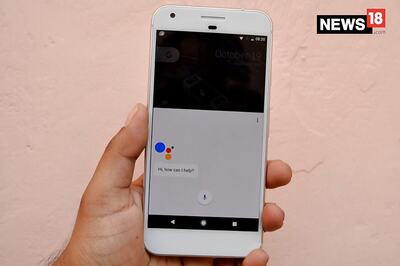

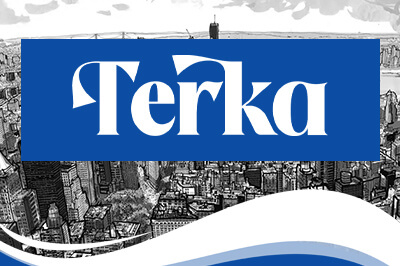



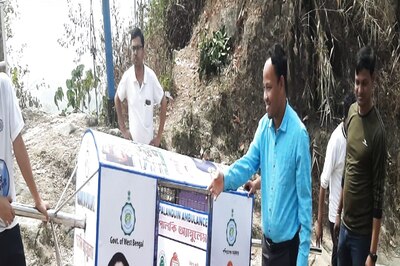

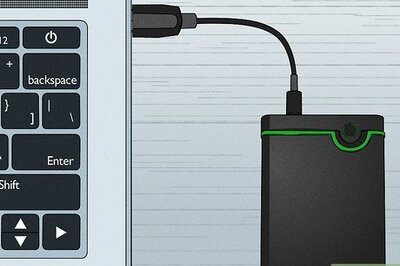
Comments
0 comment